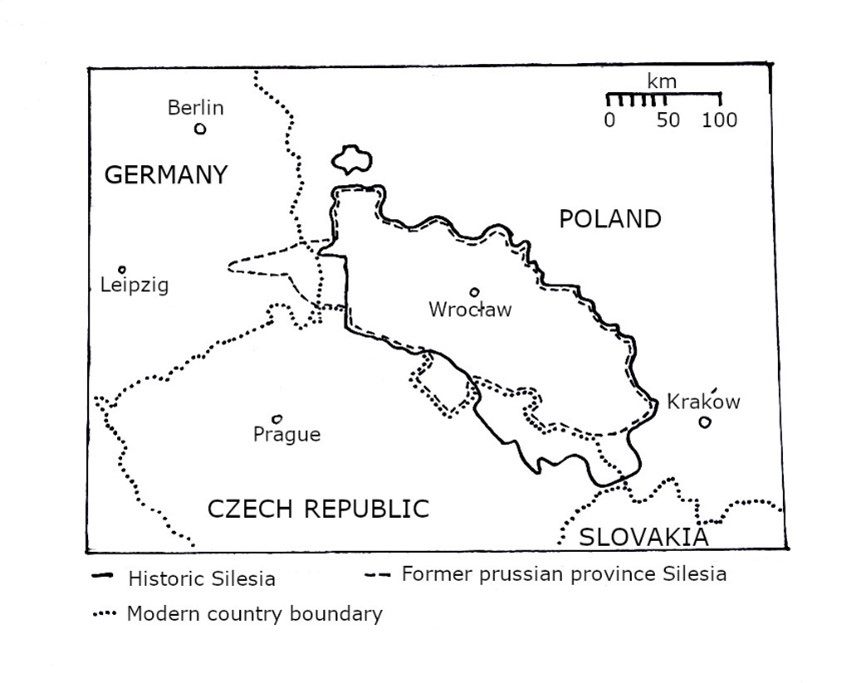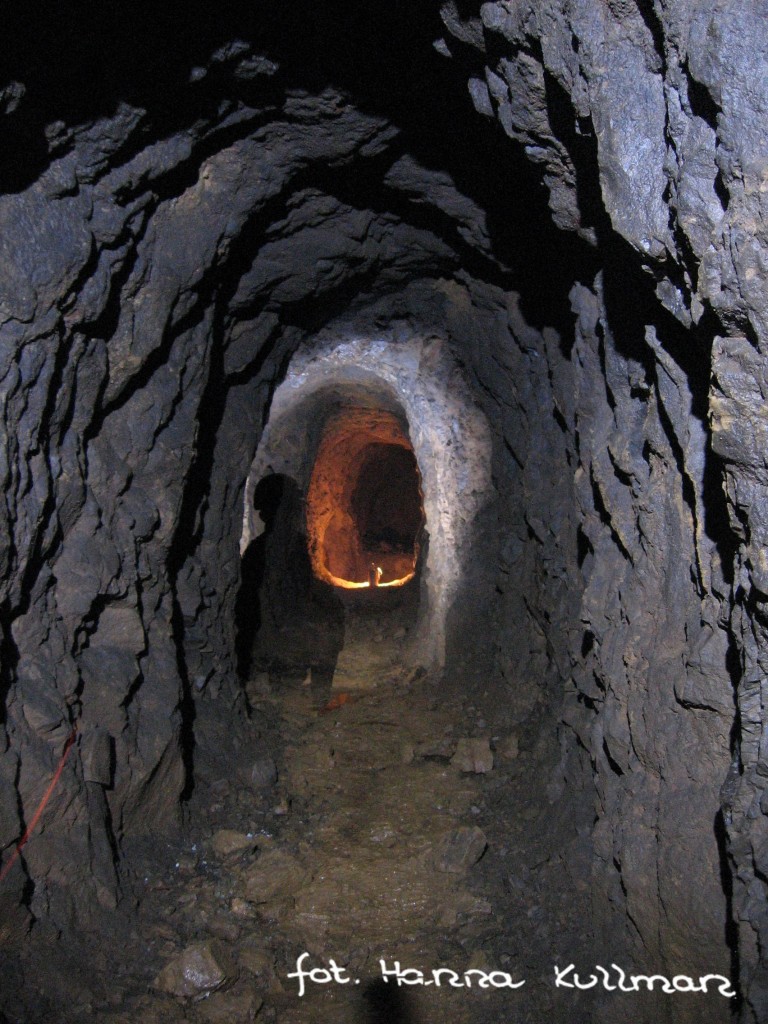Silesian orthography consists of many systems for writing the Silesian language. The current de facto standard is the Ślabikŏrzowy szrajbōnek or ślabikŏrz for short, largely but not entirely displacing Steuerowy szrajbůnek ("Steuer's alphabet). These systems use variants of the Silesian alphabet, which derives from the Latin alphabet, but includes some additional letters with diacritics. The orthography is mostly phonetic, or rather phonemic—the written letters (or combinations of them) correspond in a consistent manner to the phonemes of spoken Silesian.
Steuer's alphabet
The first major and widely adopted writing system for Silesians was created by doctor Feliks Steuer in the 1930's. It consists of 30 graphemes and 8 digraphs, based partially on Polish orthography and partially on Czech orthography.
Steuer's alphabet did not account for voicing assimilation, so any voiced letter such as
Ślabikŏrz
Ślabikŏrzowy szrajbōnek was adopted by Pro Loquela Silesiana in 2010 and has since become the main writing systems for Silesian, accounting for dialectal variation. It uses the Latin alphabet with additional digraphs and diacritics.
Spelling rules
Vowels are largely pronounced as they are written. <Ŏŏ> can vary from /ɔu~ɔ/, where /ɔu/ is largely pronounced in Opole and /ɔ/ everywhere else, making it a homograph of
Consonants are regularly voiced or devoiced depending on the end consonant in a cluster.
- jabko is pronounced /'japko/
- także is pronounced /'taɡʐɛ/
Two notable exceptions are the groups
- wpadnōńć is pronounced /'fpadnoɲt͡ɕ/
- przichodzić is pronounced /pʂi'xɔd͡ʑit͡ɕ/
Consonants are also devoiced at the end of a word, known as final-obstruent devoicing.
- miydź is pronounced /mjɪt͡ɕ/
Rarely, ⟨rz⟩ is not a digraph and represents two separate sounds:
- in various forms of the verb -marznōńć (i.e. zamarznōńć) – "to freeze"
- in borrowings, for example erzac (from German Ersatz)
Palatal and palatalized consonants
The spelling rule for the alveolo-palatal sounds /ɕ ʑ t͡ɕ d͡ʑ ɲ/ is as follows: before the vowel ⟨i⟩ the plain letters ⟨s z c dz n⟩ are used; before other vowels the combinations ⟨si zi ci dzi ni⟩ are used; when not followed by a vowel the diacritic forms ⟨ś ź ć dź ń⟩ are used. This is different from Steuer's alphabet, where soft consonants are always written with the acute accent. For example, the ⟨s⟩ in siwy ("grey-haired"), the ⟨si⟩ in siarka ("sulphur") and the ⟨ś⟩ in świynty ("holy") all represent the sound /ɕ/.
Other points
The letter ⟨u⟩ represents /ł/ in the digraphs ⟨au⟩ and ⟨eu⟩ in loanwords, for example autor, Europa; but not in native words, like nauka, pronounced na'(w)uka.
Writing words with or without a space
It is prescribed to write prepositional, adverbal, numeral, particle, conjunctional, and pronominal phrases with a space.
- bele co, not beleco
- w porzōndku, not wporzōndku
Some fully lexicalized prepositional phrases serving as adverbs or conjunctions are prescribed to be written together.
- bezto, "that is why; therefor"
- doprŏwdy, "really"
Punctuation
It is prescribed to use the same punctuation rules as in Polish orthography, namely:
- Periods <.> are to be used
- To end sentences in the indicative mood
- After ordinal numbers written in Arabic numerals, e.g. 2. pies "the second dog"
- In initialisms
- In dates given in Arabic numerals
- After the hour when a time is written in Arabic numerals, e.g. 12.03
- Commas <,> are to be used generally to separate coordinating and subordinating clauses except:
- Before the conjunctions a, i, abo
- ani when the subject of all verbs in the clause are the same
- Colons <:> are to be used
- After the name of a quoted word before the quotation
- To specify or clarify a noun
- Ellipses <...> are to be used
- To show interruption or missing text
- To show a pause in speech, usually for emphasis
- Question marks are to be used to mark questions
- Exclamation marks are to be used show surprise
Capitalization
Capitalization is used at the beginning of a sentence or to mark a proper noun, such as place names or given names, among others.
References
Bibliography
External links




